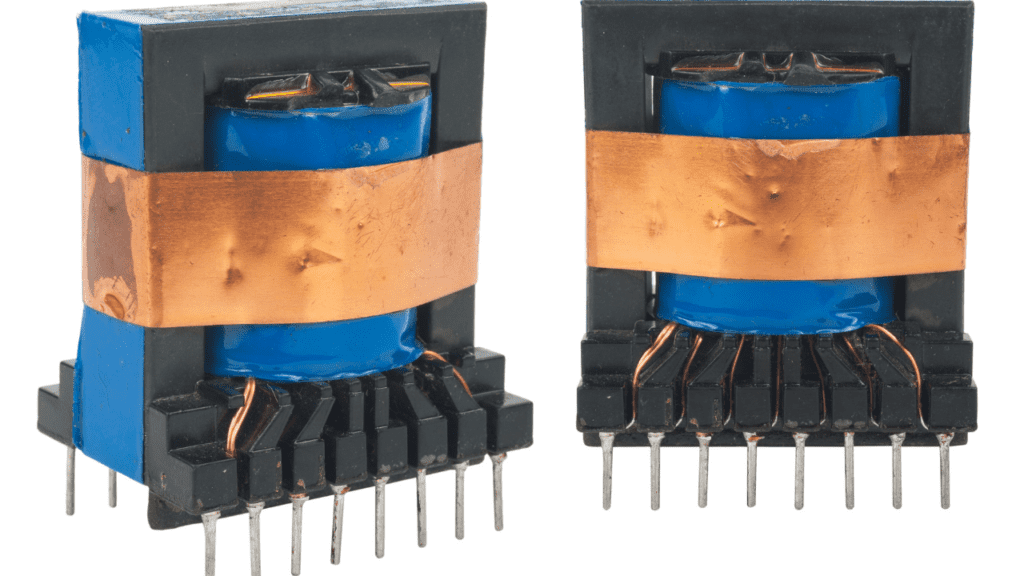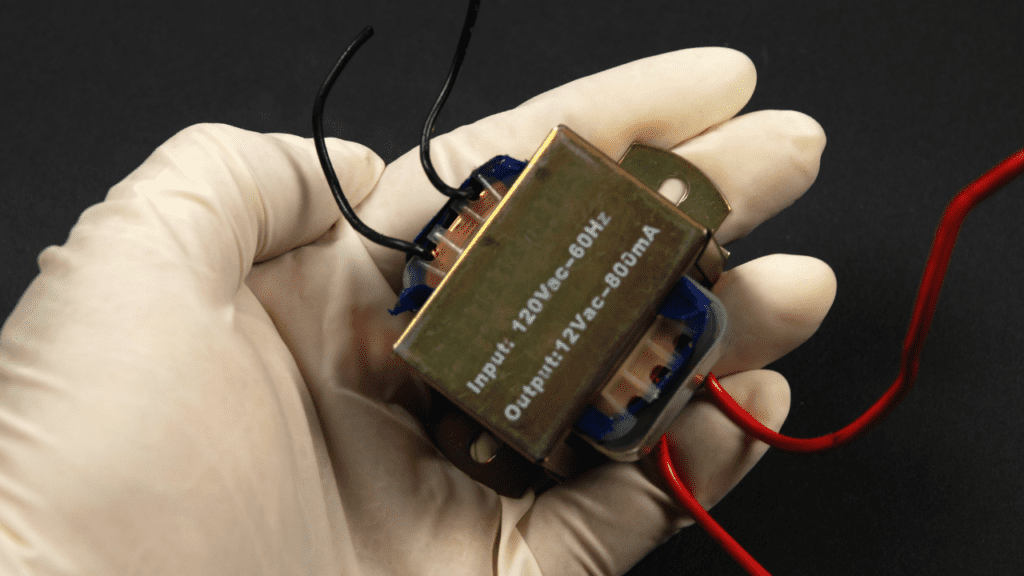How to Test a Transformer with a Multimeter
From large units on power lines to smaller units in devices as little as phone chargers, transformers come in different shapes and sizes.
Nonetheless, they perform the same function, ensuring that your devices and appliances get supplied with the exact amount of voltage they need to work properly.
However, like every other electronic device, transformers develop faults.
Replacing them could be an option you do not want to take, so how do you diagnose a transformer and identify the appropriate solution it needs?
This article provides answers to this, as we give information on exactly how a transformer works and the different methods of testing it for faults.
Without much ado, let’s get right in.
What Is A Transformer
A transformer is a device that converts Alternating Current (AC) signal from high-voltage to low or vice versa.
A transformer that converts to low potential-difference is called a step-down transformer and is the more common of the two that serves us daily.
Step-down transformers on power lines reduce thousands of voltage to a low voltage of 240V for home use.

Our various devices like laptop plugs, phone chargers, and even doorbells then employ transformers of their own.
They reduce voltage to as little as 2V for the appliance to work.
The alternative of these is called a step-up transformer and is generally used at central power stations to increase energy for distribution.
However, we are more concerned with step-down transformers as this is what we ordinarily deal with. But how do they work?
How Do Step-Down Transformers Work
Step-down transformers employ the use of two coils, also known as windings. These are the primary coil and secondary coil.
The primary coil is the input coil receiving current from the AC voltage source like the powerline.
The secondary coil is the output coil giving reduced potential signals to the appliances in your home.
Each coil is wrapped around a core, and when current passes through the primary coil, a magnetic field is created, which induces current in the secondary coil.

In step-down transformers, the primary coil has more windings than the secondary coil. Without going too deep into it, the number of windings is directly proportional to the Electromagnetic Force (EMF) voltage produced by a coil.
W ~ E
Let’s call the input coil winding W1, output coil winding W2, the input voltage E1, and the output voltage E2. For step-down transformers, the input coil has more windings than the output coil.
W1 > W2
This means the voltage from the output (secondary) coil is lower than the voltage from the input coil.
E2 < E1
This is how high AC voltage is reduced to a low voltage. Additionally, a higher current is passed through the secondary coil to balance out the capacity of both windings.
There is more to transformers, but this is the basic knowledge you need before testing your transformer.
If you suspect your transformer is running poorly, you simply need a multimeter to make a diagnosis on it.
How To Test A Transformer With A Multimeter
To test your transformer, you use your multimeter to check for AC voltage readings at the input source and output terminals when the transformer is plugged in. You also use your multimeter to check for continuity within the transformer when it is not connected to any power source.
These will be explained further.
Input And Output Tests
Ordinarily, this test is supposed to be carried out on only the output terminals on the transformer.
However, to ensure you get accurate readings from the output terminals, you have to be sure that the voltage coming into it is also accurate. This is why you test your input source.
For home appliances, input sources are typically sockets in walls. You want to check that these are providing the accurate amount of voltage.
To do this, follow the next steps
- Set your multimeter to 200 VAC
- Place your multimeter leads on the leads of the power source. For wall sockets, you simply place the leads into the socket holes.
You expect to see a value between 120V and 240V, but this depends.
If the reading is inaccurate, then your power source may be the cause of your problems. If the reading is accurate, proceed to check the output terminals on your transformer. To do this,
- Plug in your transformer to the power source
- Reduce your voltage range on the multimeter
- Place the multimeter leads on the output terminals of your transformer
- Check for readings
When looking at the multimeter reading, you check whether the output being produced is appropriate. Here, you look at the transformer’s recommended output specifications to make a conclusion.
Transformer Continuity Test
The transformer continuity test is carried out to ensure that there is no break or shortage in the coils. You run this test while the transformer is disconnected from the power source. What do you do?
- Set your multimeter dial to Ohm or Resistance. This is usually represented with the (Ω) symbol
- Place the multimeter leads on each of your transformer’s input terminals
Where the transformer has a short circuit, the multimeter produces a very high or infinite reading. An infinite reading is represented by “O.L,” which means “Open Loop.”
If the input terminals seem okay, you repeat this process for the output terminals.
In case any of these terminals produces a high or infinite reading, the transformer needs to be replaced. Here is a video showing this procedure.
Conclusion
Diagnosing a transformer is one procedure you want to be careful with, especially when testing the input and output terminals.
Nonetheless, you should note that transformers generally have long lives. A problem with them signals a fault somewhere else in the electrical circuit.
Due to this, it is advised that you monitor newly installed transformers for bad sounds and also check that other parts of the circuit, like fuses, are in good condition.
Frequently Asked Questions
How Do You Know If A Transformer Is Bad?
If a transformer is bad, you may experience the device not working, the circuit breaker repeatedly tripping, or hear a humming sound from the transformer. A meter also helps you conduct further tests on the coils and their voltage readings.
What Are You Going To Do To Check The Continuity Of A Transformer?
To check the continuity of a transformer, disconnect it and you place your meter probes on the input terminals. If the terminals produce a high or infinite “O.L” reading, then there is no continuity. This is the same for the output terminals.
What Happens When A Transformer Goes Bad?
When a transformer goes bad, the device may not work, or you may experience buzzing or humming sounds coming from the transformer.
What Is The Resistance Of A Transformer?
The resistance of a transformer depends on the device it is meant to power. You have to check the specifications of the transformer to make a conclusion.

Author
Alex Klein is an electrical engineer with more than 15 years of expertise. He is the host of the Electro University YouTube channel, which has thousands of subscribers.
